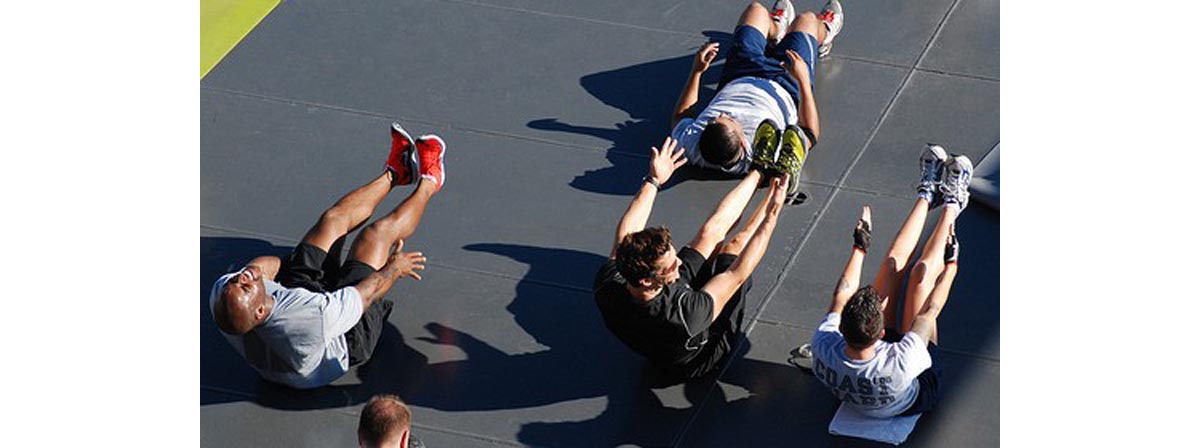Table of Contents
The answer to that question depends on your definition of fitness. Rather than look through half a dozen dictionaries to see what ‘fitness’ technically means, why don’t we look at what we mean by it?
When you think of someone who’s unfit, you think of someone who gets out of breath easily, can’t carry heavy objects, doesn't look fit – they’re either really skinny, fat, or a bit of both – and can’t touch their toes.

Clearly we mean a lot of things when we say fit: we mean aerobic endurance, anaerobic capacity, strength, mobility, and general vitality.
The good news is that HIIT of any kind can improve all these factors! When Professor Gibala tested his research subjects, he found an improvement in aerobic capacity from six weeks’ training at only about 15 minutes a week that would usually be expected to take about 20 weeks of low-intensity cardio.
Other markers of fitness that have implications for our conception of fitness include blood counts for sugar and insulin. Very high sugar or insulin counts can be indicators of metabolic syndrome or the onset of diabetes.
But Professor Gibala’s test subjects saw radical decreases on both counts – far more than would be expected from traditional training methods. Research into Professor Gibala’s methods at Heriot-Watt University in Edinburgh found that insulin blood count fell by as much as 37% - commenting on this, Professor Jamie Timmons, chair of aging biology at the University of Birmingham, UK, said, ‘typically, endurance training in this population would have a limited impact on glucose, only reduce insulin somewhat and usually not until after many weeks of training. HIT training addresses two of the major health benefits of exercise, insulin sensitivity and aerobic capacity, while simultaneously removing the time barrier to exercise.’
But what about muscle? Traditional cardio is often pilloried for reducing muscle mass, but HIIT can offer a way out of this age-old trade-off. Due to its recorded effects in increasing testosterone production and production of Human Growth Hormone, HIIT can offer the opportunity to get more muscular as well as healthier, all in very short sessions.
Professor Gibabla has addressed the issue that very intense exercise may actually be unsafe for totally detrained, sedentary individuals by rebuilding his programme into three weekly sessions, each of ten one-minute sprints with a minute’s rest in between. This adds up to an hour a week, not the few minutes that attracts many to the program – but it’s designed for people who do no other exercise, and the results have been impressive in trials, rivaling the more intense form of training.
So which of the methods on offer should you choose?
Professor Timmons states that ‘for those already doing sprint training and weights as part of their regime, HIT won't add that much. But if your training is all sub-maximal, then HIT could improve insulin sensitivity and promote muscle mass gain.’ If you are already using maximal strength or power training and sprints, you can use very short, intense sessions of HIIT to boost T, HGH and anaerobic capacity, while if you’re not very active HIIT can be a way in to exercise that cuts out the time restriction; any cardio exercise movement will do, though Professor Gibala’s research has centered around a standard exercise cycle.
So the answer to the question posed at the beginning of this article is a qualified but definite ‘yes’ – you really can make serious improvements to your fitness in as little as five minutes!
- Photo courtesy of USAG- Humphreys by Flickr : www.flickr.com/photos/usaghumphreys/7239650798/
- Photo courtesy of New York National Guard by Flickr : www.flickr.com/photos/nyng/9680936750/


Your thoughts on this